Elegant 19th century Baroque reliquary monstrance of parcel gilt and whitewashed wood housing two significant relics of Christ's Passion: of the wood from the True Cross and of the cloth from the Holy Shroud. The relics are displayed in a grass-fronted cavity located in the center the monstrance and identified on a fancy-cut paper cedula label as De Ligno + DN (of the wood [from the True Cross] of Our Lord) and De Sindone DN (of the Shroud of Our Lord). On the back, the cavity is secured by four seals of red wax with a perfectly preserved imprint of a coat of arms of Fr. Giovanni Francesco Capelletti (†1831), Bishop of Ascoli Piceno (1806-1831). Fit for a for public veneration.
The True Cross is the name for physical remnants which, by the Church tradition, are believed to originate from the Cross upon which Jesus was crucified. The Empress Helena, mother of Constantine I, the first Christian Emperor of Rome, travelled to the Holy Land in 326–28, where she discovered the hiding place of three crosses that were believed to be used at the crucifixion of Jesus and of two thieves, St. Dismas and Gestas, executed with him, and a miracle revealed her which of the three was the True Cross. Fragments of the Cross were broken up, and the pieces were widely distributed; in 348, in one of his Catecheses, Cyril of Jerusalem remarked that the "whole earth is full of the relics of the Cross of Christ." Most of the very small relics of the True Cross in Europe came from Constantinople after the city was captured and sacked in 1204 during the Fourth Crusade. They were carved up by the present bishops and divided with other very Precious Relics among the knights; who, after their return to the homeland, donated them to churches and monasteries. Relics of the True Cross are considered to be the most important Relics of the Christiandom and are highly venerated by all Christian denominations.




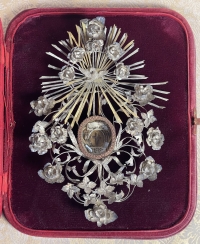


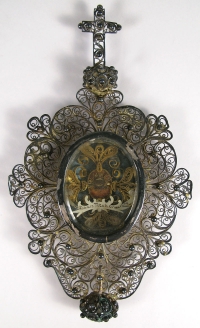
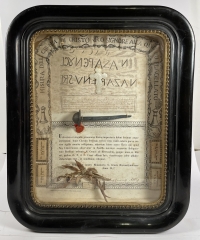
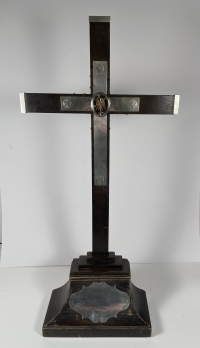
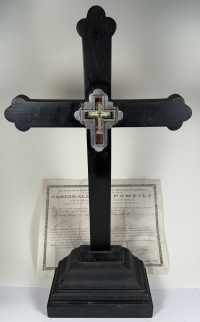
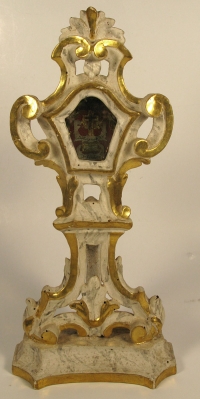
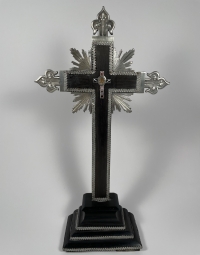
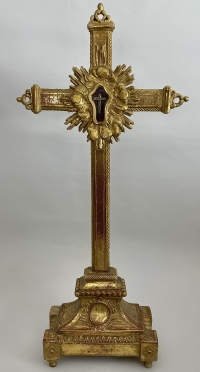
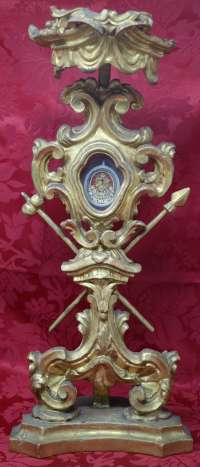
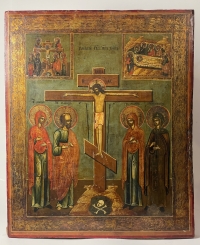

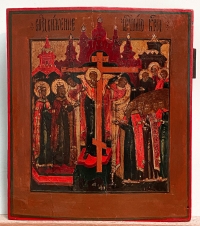
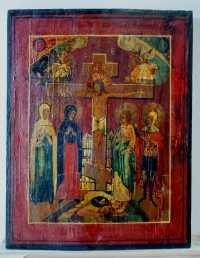
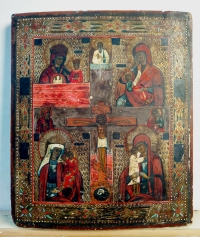
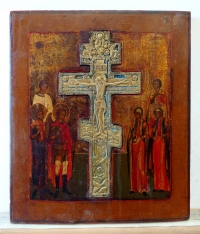
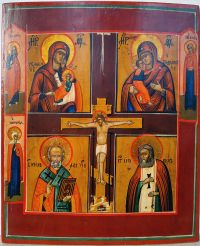
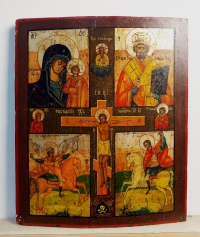
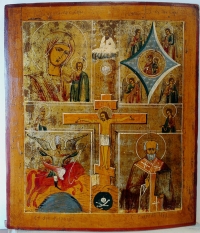
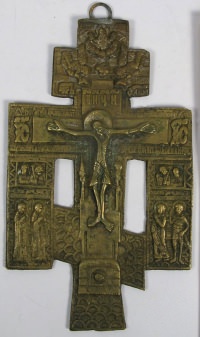
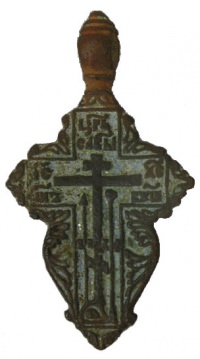


 Поменять язык на русский
Поменять язык на русский 